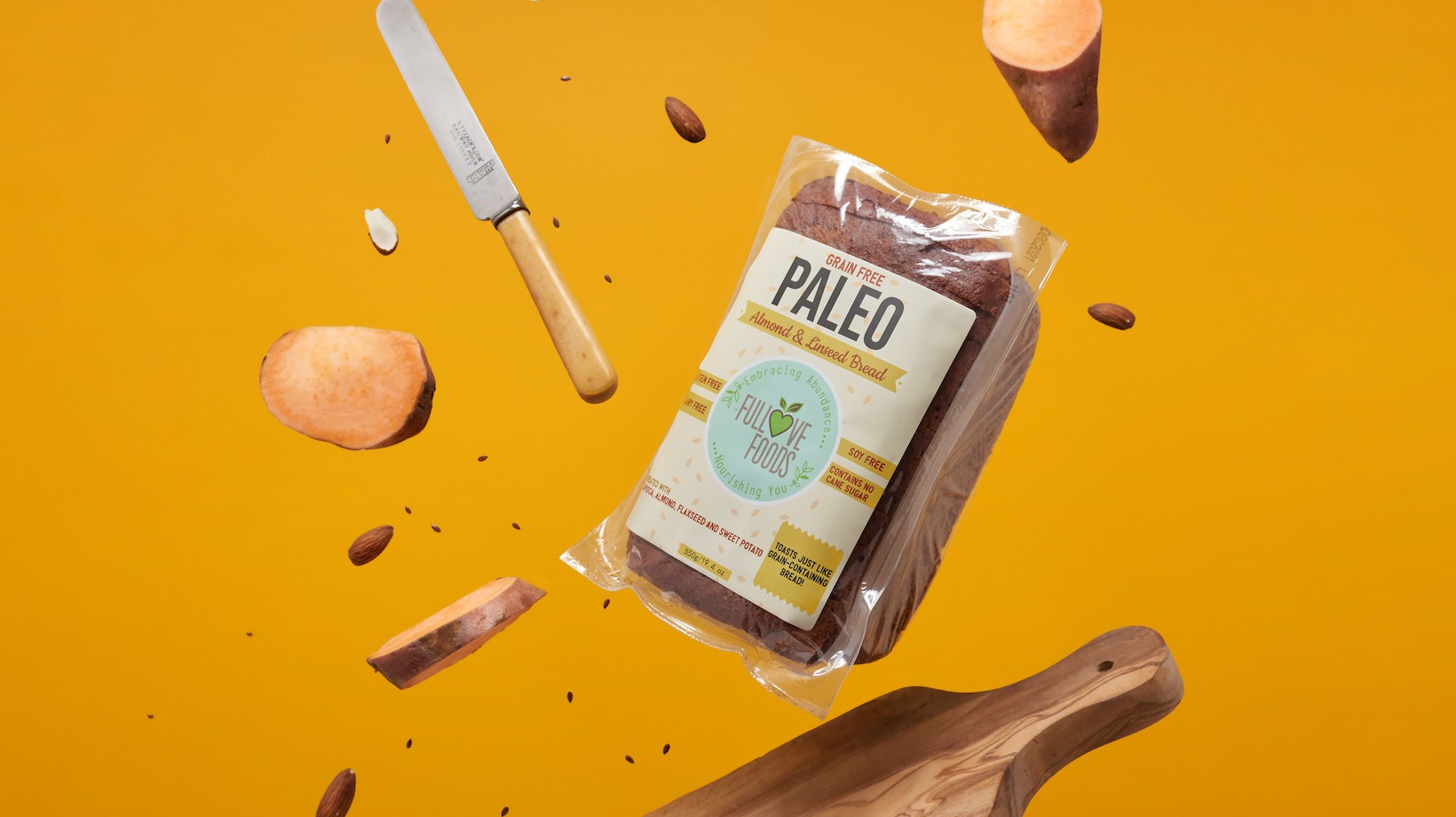
When it comes to managing inflammation, two popular dietary approaches that often come up for discussion are the Paleo and Keto diets. Both of these eating plans have gained significant attention in recent years due to their potential health benefits. In this article, I’ll delve into the differences between the Paleo and Keto diets in relation to inflammation, helping you understand which approach may be more suitable for your needs.
Understanding Inflammation
When it comes to discussing the impact of different diets on inflammation, two popular approaches often come up: paleo and keto. Both diets have gained significant attention for their potential to reduce inflammation in the body. But before we delve into the specifics of how these diets may affect inflammation, let’s first understand what inflammation actually is.
Inflammation is a natural response by our immune system to protect our bodies from harm. It can occur as a result of injury, infection, or chronic conditions like arthritis. While acute inflammation serves an important purpose in healing and fighting off pathogens, chronic inflammation can be detrimental to our health.
Chronic inflammation has been recognized as a contributing factor to various diseases such as heart disease, diabetes, and autoimmune disorders. Therefore, finding ways to manage and reduce chronic inflammation has become a key focus for many individuals seeking improved overall well-being.
The Basics of the Paleo Diet
The paleo diet, also known as the “caveman” or “hunter-gatherer” diet, aims to mimic the dietary patterns of our ancestors from thousands of years ago. The main principle behind this eating approach is consuming whole, unprocessed foods that were available during the Paleolithic era. This means focusing on lean meats, fish, fruits, vegetables, nuts, and seeds while avoiding grains, dairy products, legumes (such as beans and lentils), processed foods, refined sugars, and vegetable oils.
Advocates of the paleo diet believe that by eliminating these modern-day additions to our diet — which are thought to contribute to chronic inflammation — we can reduce inflammation in the body. They argue that many of these inflammatory agents were not present during ancient times when humans primarily relied on natural food sources for sustenance.
Key Principles of the Keto Diet
Short for ketogenic diet, this low-carbohydrate approach focuses on high-fat intake and limited carbohydrate consumption.
On a keto diet, individuals drastically reduce their carb intake and replace it with healthy fats like avocados, olive oil, nuts/seeds,and coconut oil. This shift in macronutrient ratios forces your body into a state called ketosis where it starts using fat for energy instead of carbohydrates.
Some studies suggest that a ketogenic eating pattern might have anti-inflammatory effects due to reduced insulin levels and decreased production of pro-inflammatory molecules called cytokines. However,the long-term effects on inflammation are still being researched.
Paleo vs Keto for Inflammation
While both approaches show potential anti-inflammatory benefits individually based on existing research findings related to weight loss or metabolic improvements; choosing between paleo and keto for inflammation management should be a personalized decision. Here are some factors to consider:
- Individual preferences: It’s essential to choose a diet that aligns with your taste preferences, lifestyle, and long-term sustainability.
- Specific health conditions: Certain health conditions may respond better to one diet over the other. Consulting with a healthcare professional or registered dietitian can help guide you in making an informed decision tailored to your needs.
- Overall dietary pattern: Remember that overall dietary quality matters too. While following paleo or keto guidelines, it’s crucial to prioritize nutrient-dense foods and maintain balance in your macronutrient intake.
In conclusion, both the paleo and keto diets have shown potential benefits in managing inflammation, although direct head-to-head comparisons are limited. Ultimately, choosing between these two approaches should take into account individual preferences, specific health conditions, and overall dietary considerations.

